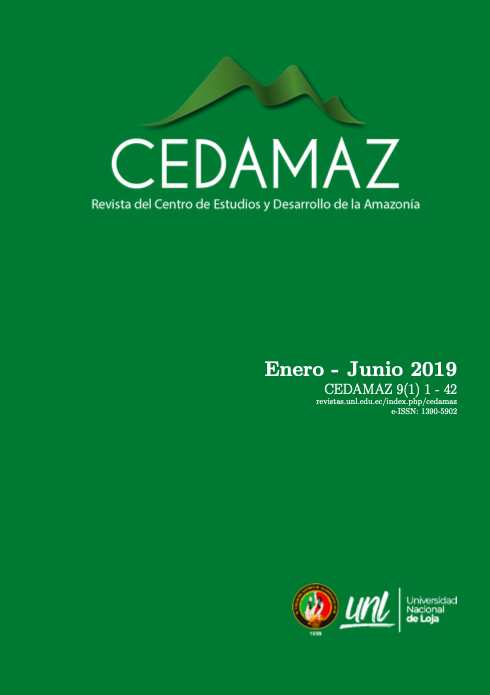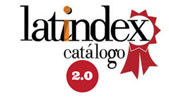The population aging process in the Southern region of Ecuador, 1962-2010
Keywords:
Lifecycles, Population growth, Population dynamics, Population structure, Population pyramids, Population meansAbstract
Case study where the objective is to describe the historical behavior of the population structure in the provinces of El Oro, Loja and Zamora Chinchipe, which make up the Southern Region of Ecuador, during the period 1962-2010, and to understand the aging process. The research was based on official information from the population and housing censuses. We used the following variables: general population, sex, geographical area, life cycles, the childhood indices, youth, generational of old people, of old age and, of overpopulation aging. In order to determine the rate of growth, the geometric annual growth rate was calculated, and, for the aging, the medians, medians and population quartiles. The population of the Southern Region of Ecuador aged in 7.6 years, with significant variations at the provincial level: in El Oro it was 8.1 years old, in Loja, 7.6 years; and, in Zamora Chinchipe, 4.5 years; The analysis by life cycles shows dissimilar scenarios that serve as a context for health, disease and mortality processes, although it does not address the entire population dynamics. In general, there is evidence of a complex, asymmetric demographic transition in heterogeneous political-geographical spaces, where processes of interrelated biological-social reproduction have been historically generated, but at the same time, dissimilar.Downloads
Published
How to Cite
Issue
Section
License
Copyright (c) 2019 CEDAMAZ

This work is licensed under a Creative Commons Attribution-NonCommercial-NoDerivatives 4.0 International License.
Those authors who have publications with this journal, accept the following terms:
- After the scientific article is accepted for publication, the author agrees to transfer the rights of the first publication to the CEDAMAZ Journal, but the authors retain the copyright. The total or partial reproduction of the published texts is allowed as long as it is not for profit. When the total or partial reproduction of scientific articles accepted and published in the CEDAMAZ Journal is carried out, the complete source and the electronic address of the publication must be cited.
- Scientific articles accepted and published in the CEDAMAZ journal may be deposited by the authors in their entirety in any repository without commercial purposes.
- Authors should not distribute accepted scientific articles that have not yet been officially published by CEDAMAZ. Failure to comply with this rule will result in the rejection of the scientific article.
- The publication of your work will be simultaneously subject to the Attribution-NonCommercial-NoDerivatives 4.0 International (CC BY-NC-ND 4.0)









